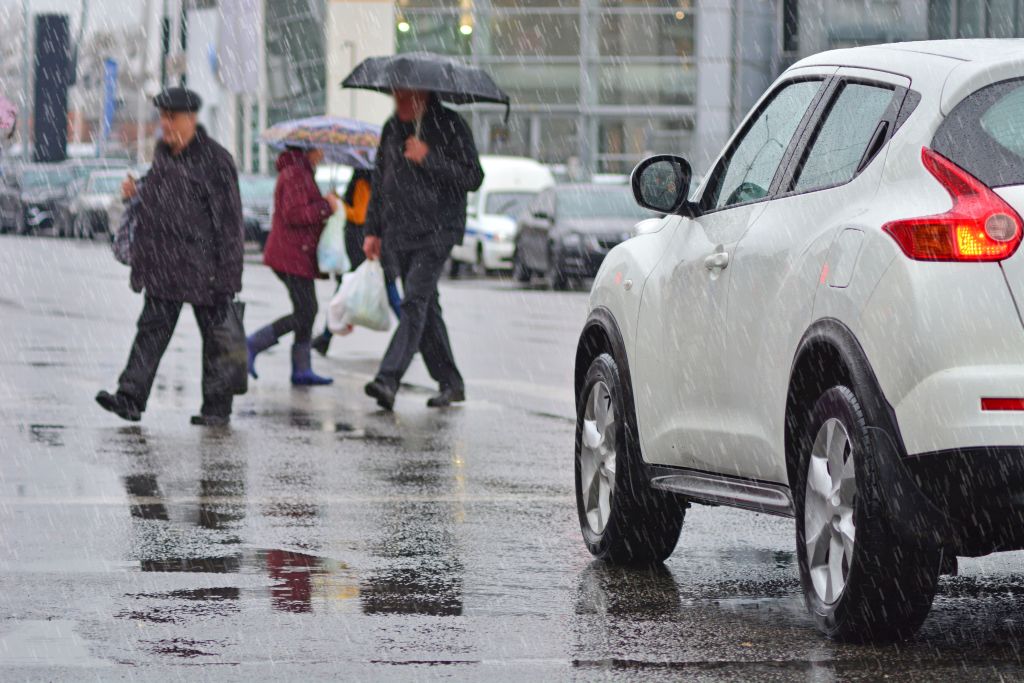During the Be Visible, Be Careful campaign, which took place between 14 and 20 October 2024, police officers identified 1,149 road traffic violations posing risks to pedestrian safety. Of these, 665 cases were resolved with a warning.
Drivers account for 119 violations, pedestrians for 1,030
Of the total violations recorded, 119 were committed by motor vehicle drivers, predominantly for failing to yield at marked pedestrian crossings. The remaining 1,030 violations were attributed to pedestrians, mostly for improper road crossing or crossing outside designated pedestrian crossings.
The campaign, jointly organised by the Slovenian Road Safety Agency and the Slovenian police, aims to enhance the safety of pedestrians—the most vulnerable road users. The need for increased vigilance becomes particularly evident during periods of shorter daylight hours and reduced road visibility.

Pedestrians hold the key to their own safety
Pedestrians are encouraged to take proactive steps to protect themselves. Adhering to traffic rules, using designated pedestrian crossings and wearing reflective items or carrying white-light flashlights in low-visibility conditions, such as fog or twilight, are essential for ensuring visibility and reducing risks. In darkness or twilight, reflectors can be life-saving.
Pedestrians, like drivers, are strongly advised to avoid distractions such as mobile phones, headphones, or checking social media while walking. These activities can reduce attention by up to 60%, significantly increasing the risk of accidents.
A reminder for drivers of all vehicles
Motor vehicle drivers, along with cyclists and e-scooter riders, are reminded to prioritise pedestrian safety. Extra caution is required at pedestrian crossings and in areas where pedestrians are commonly present, such as near schools, residential areas, playgrounds and nursing homes. Drivers should reduce their speed and yield the right of way to pedestrians at crossings. In pedestrian zones, cyclists and e-scooter riders should travel at walking speed (up to 5 km/h) or, ideally, dismount for greater safety.
Outside urban areas where there are no pavements, motor vehicle drivers should position their vehicles closer to the centre of the road to minimise the risk of collisions with pedestrians walking along the carriageway. It is essential for drivers to adhere to speed limits, adjust their speed to road conditions and remain aware that braking distances increase significantly on wet or slippery surfaces.

